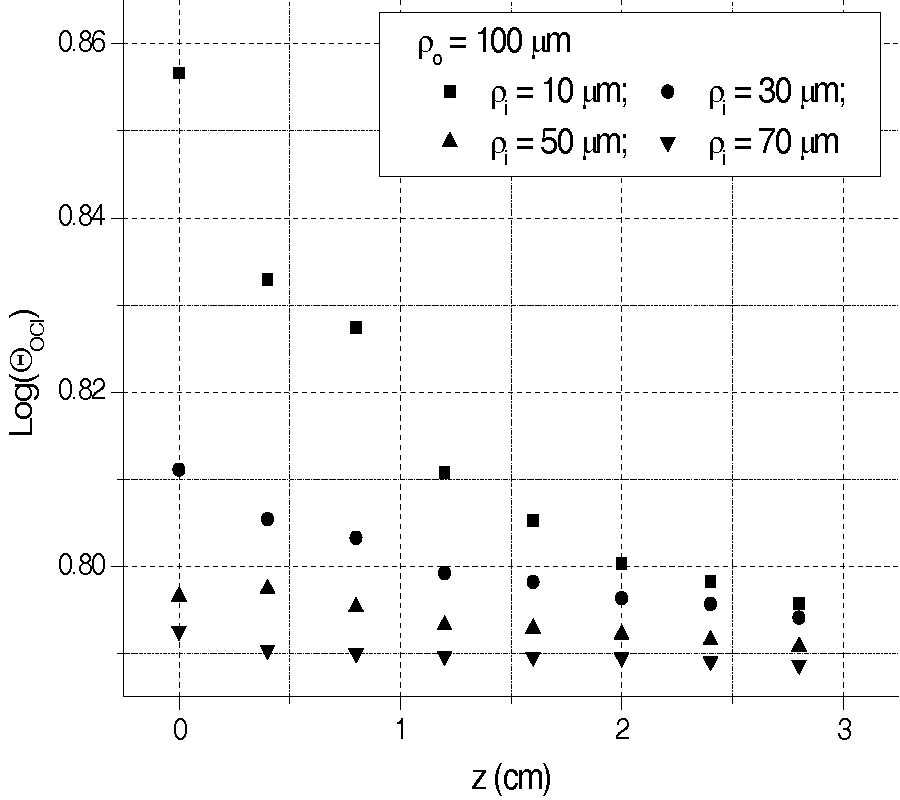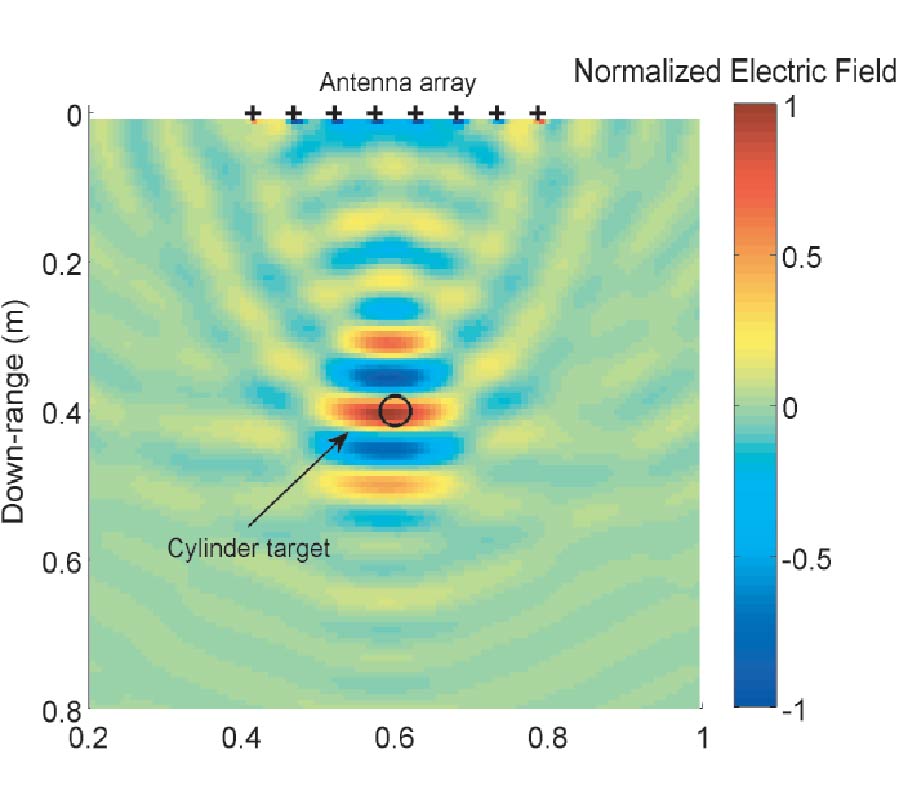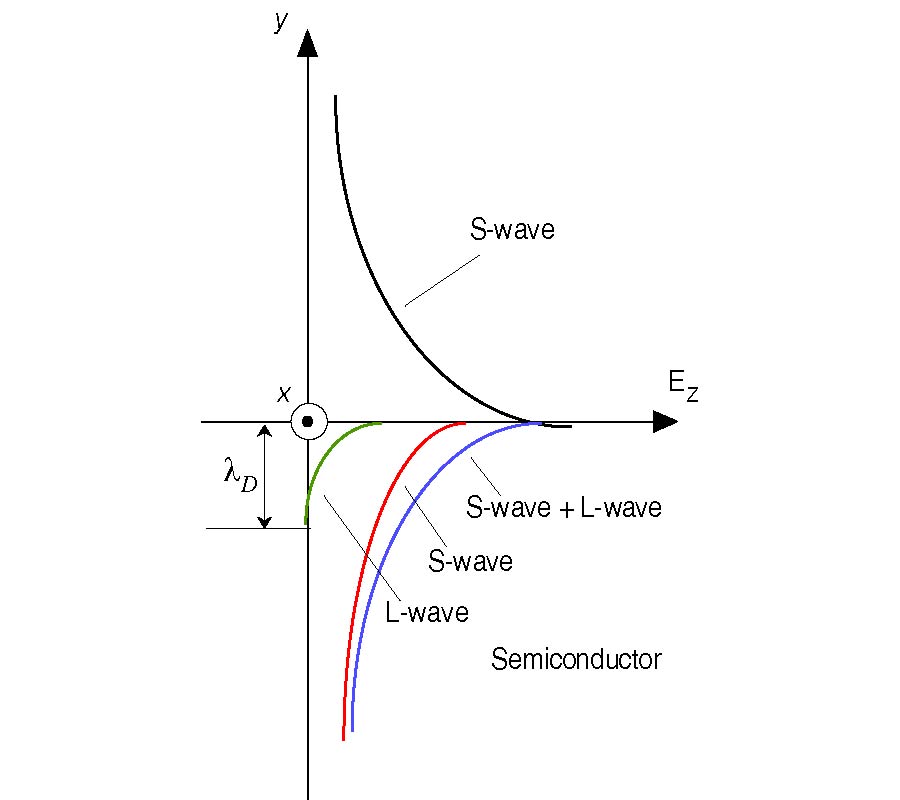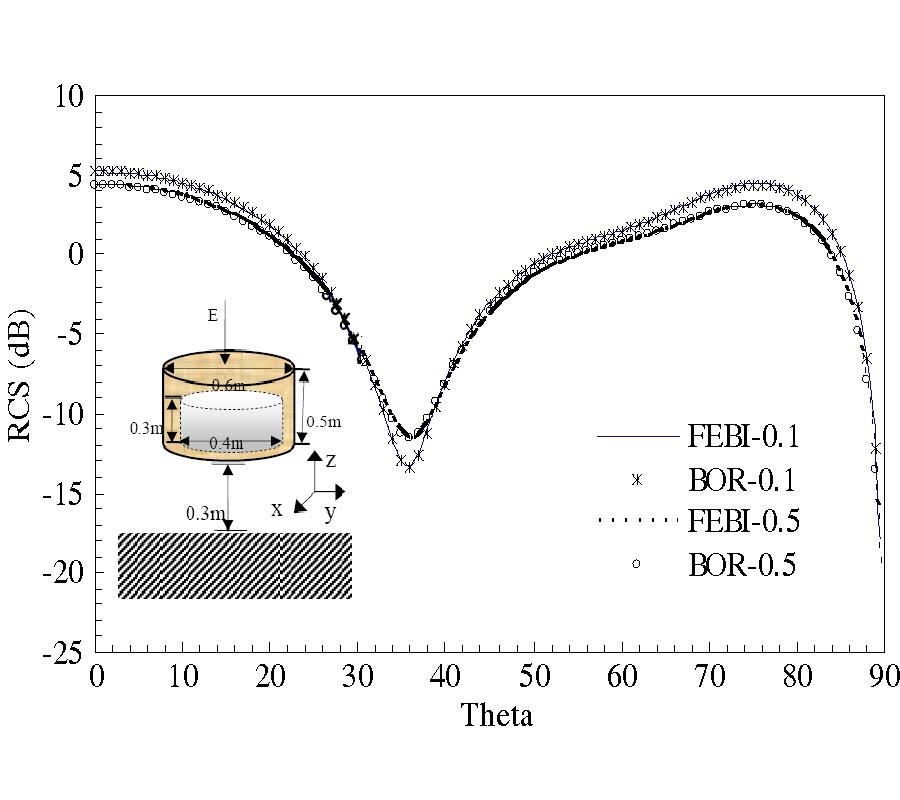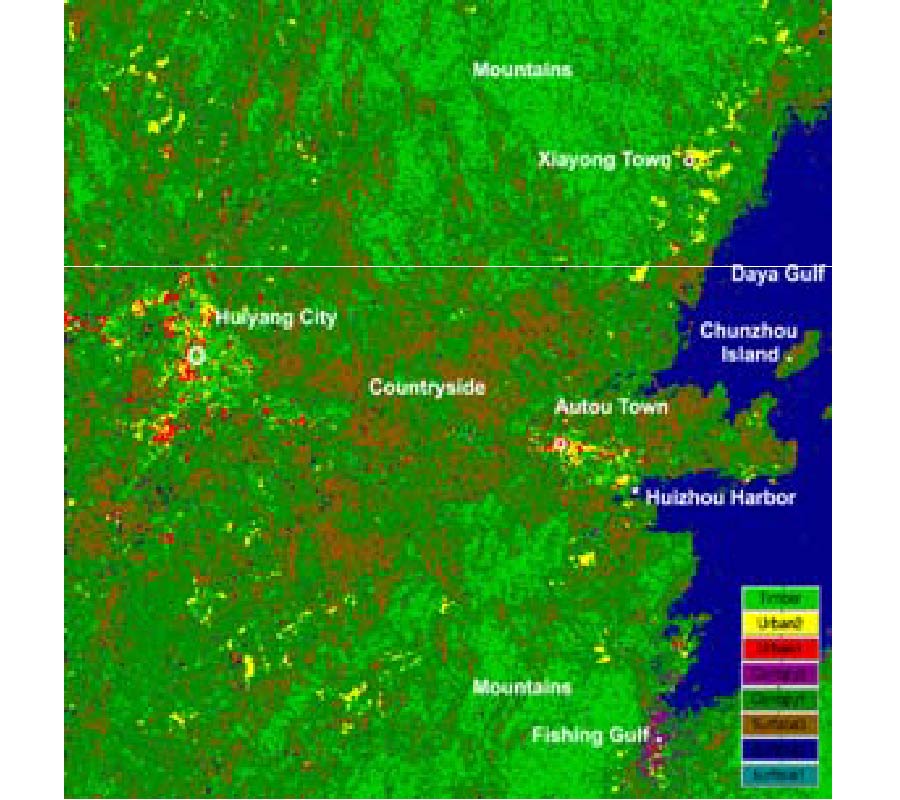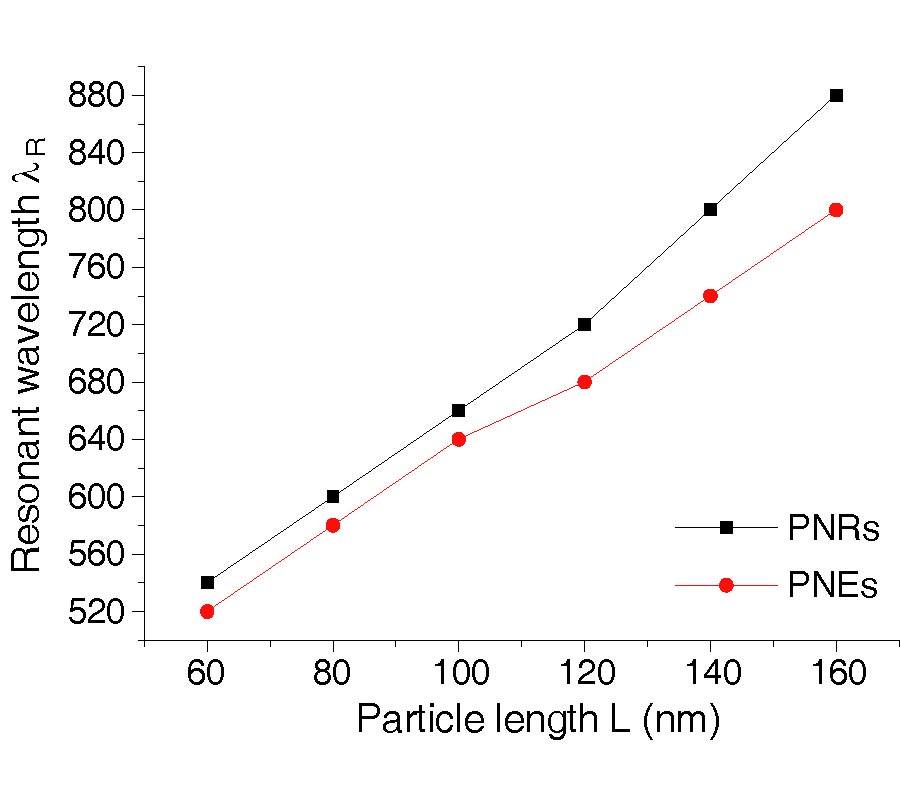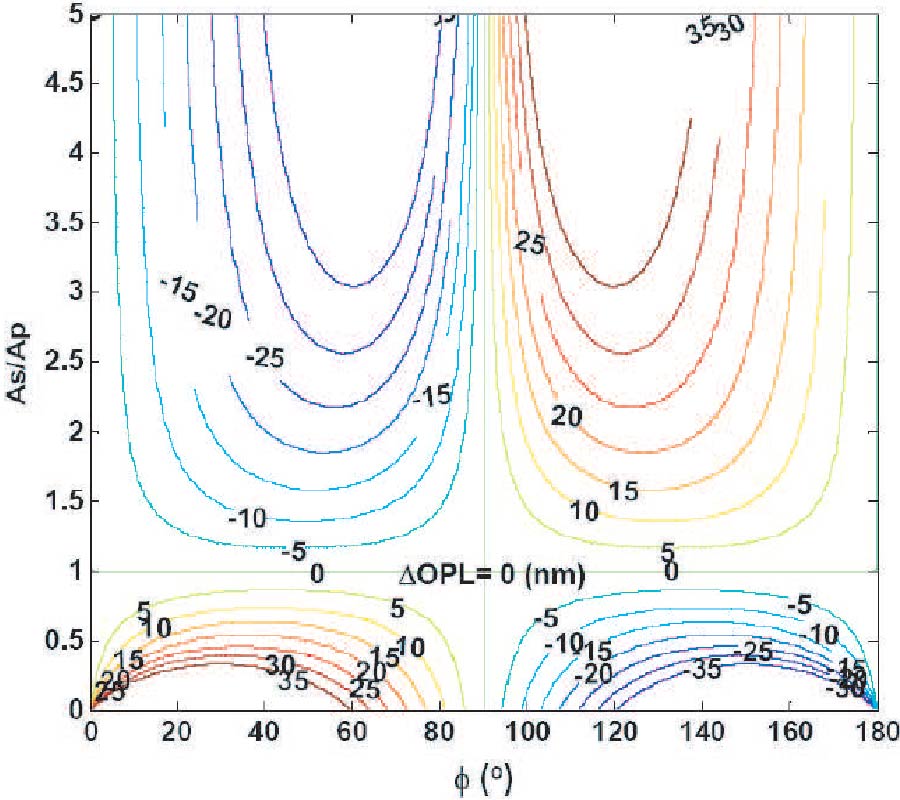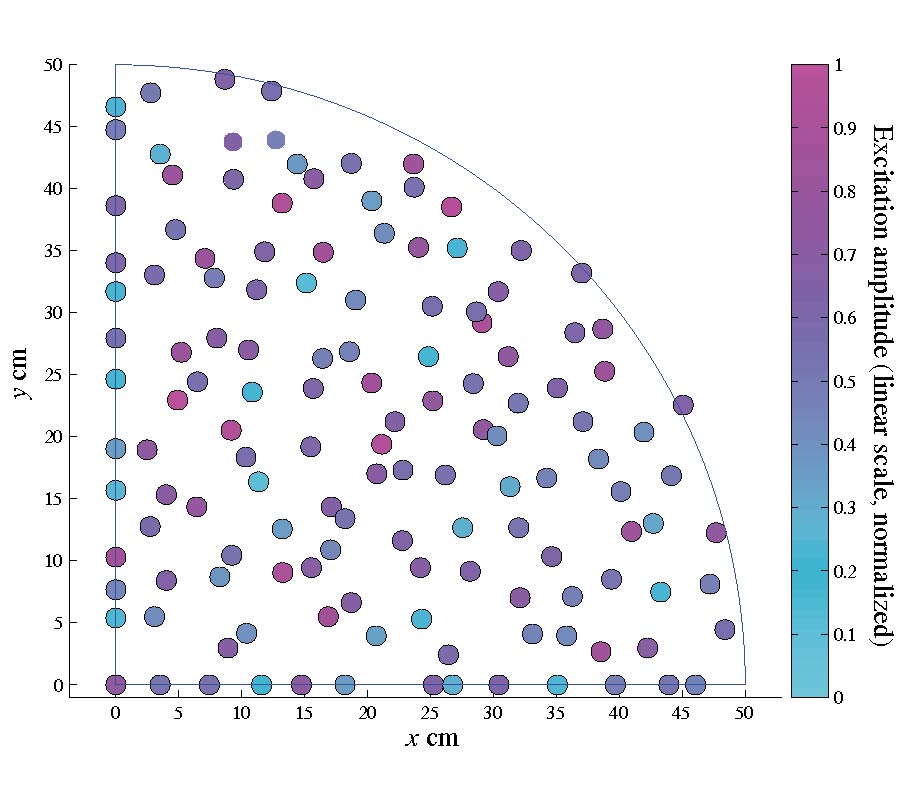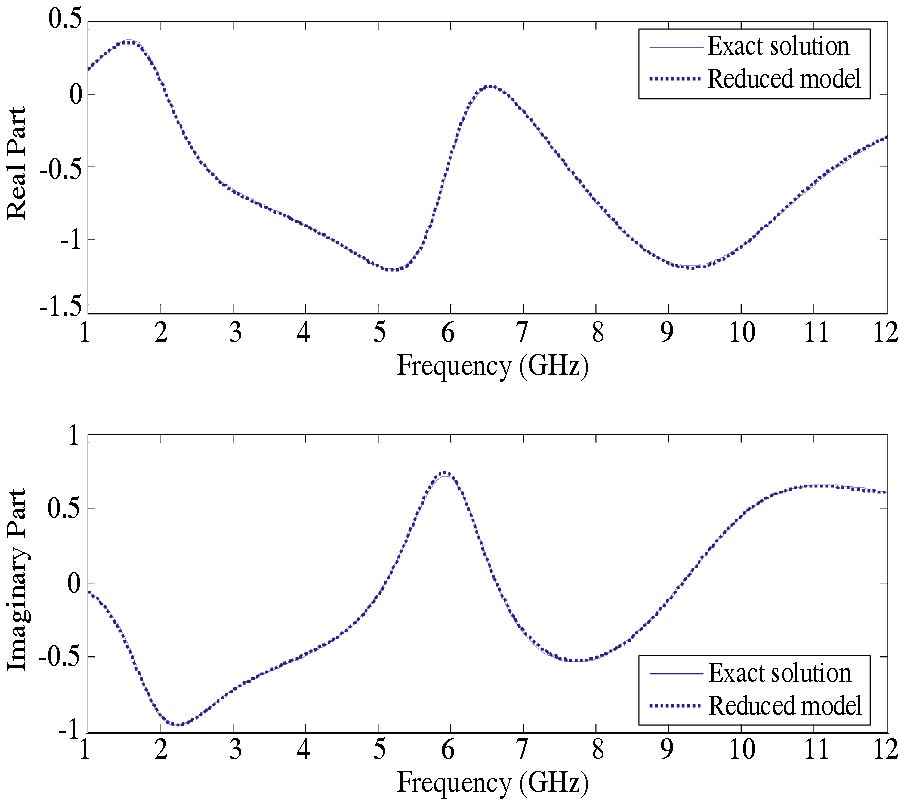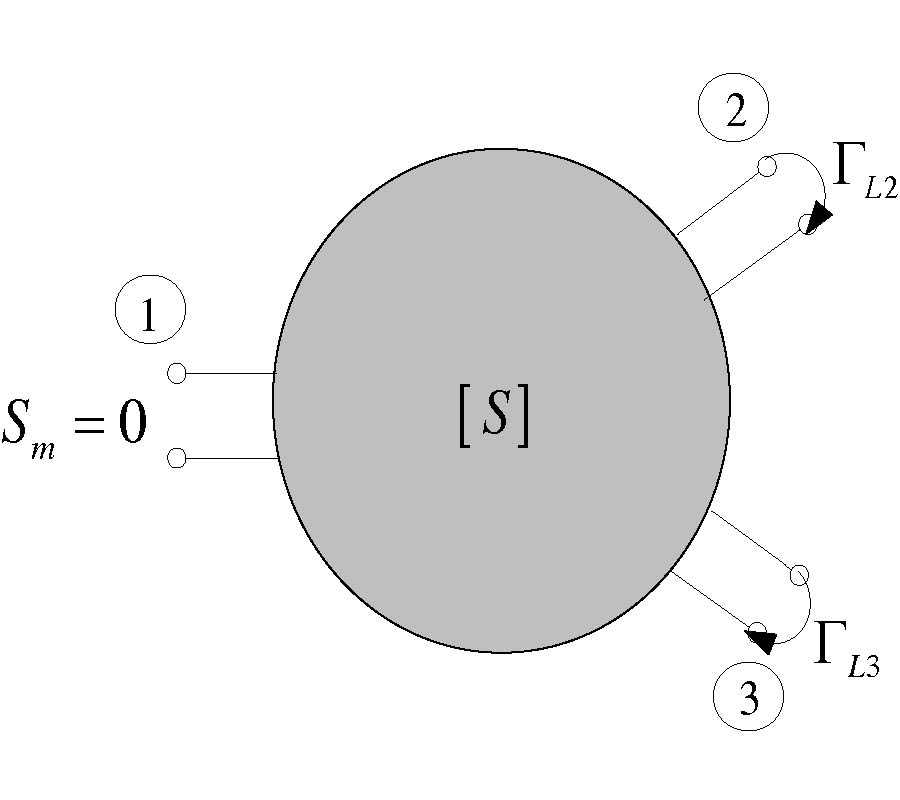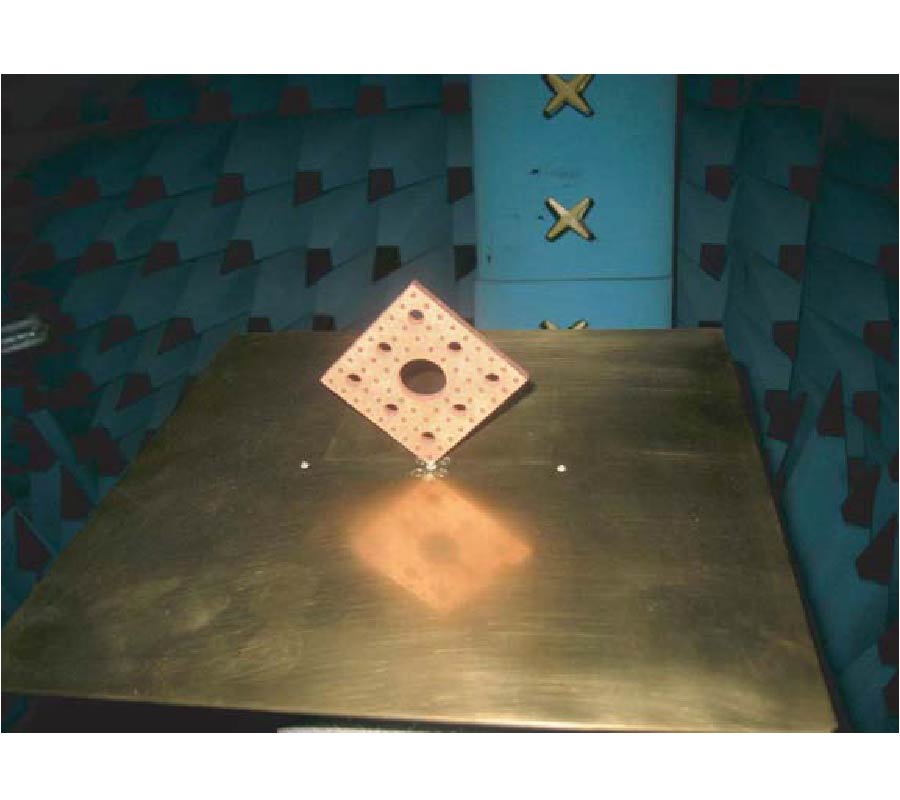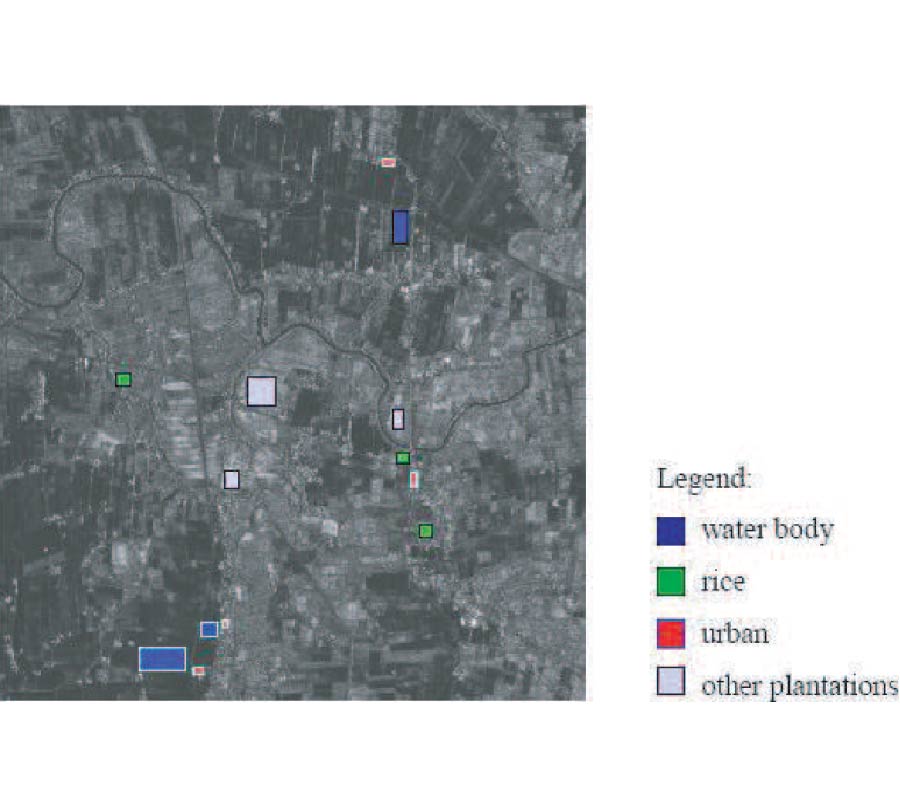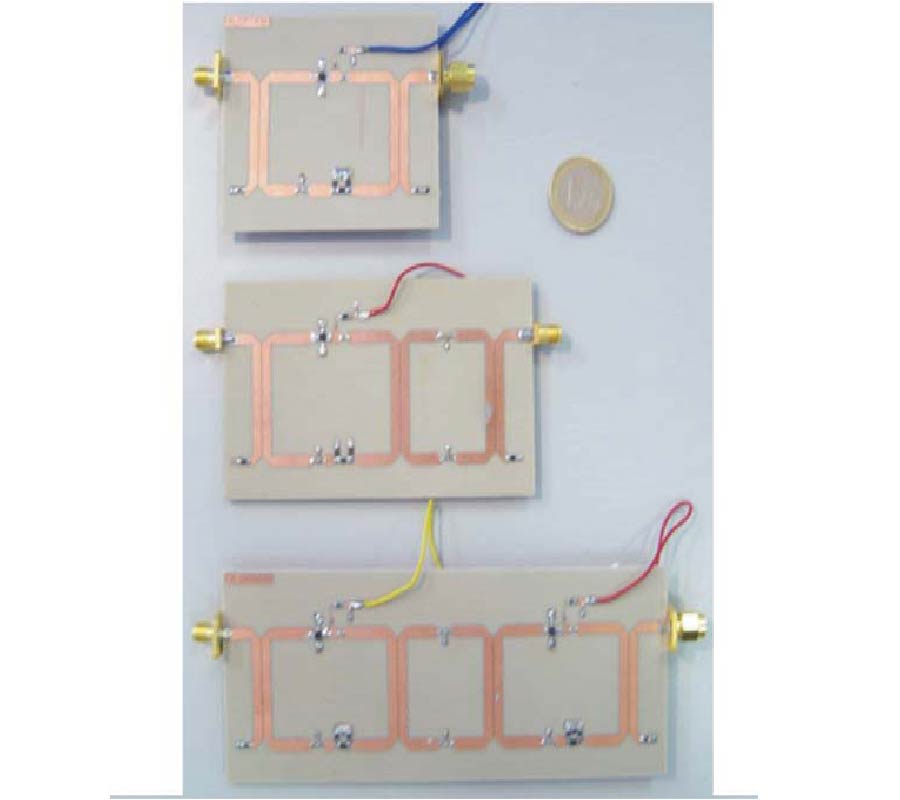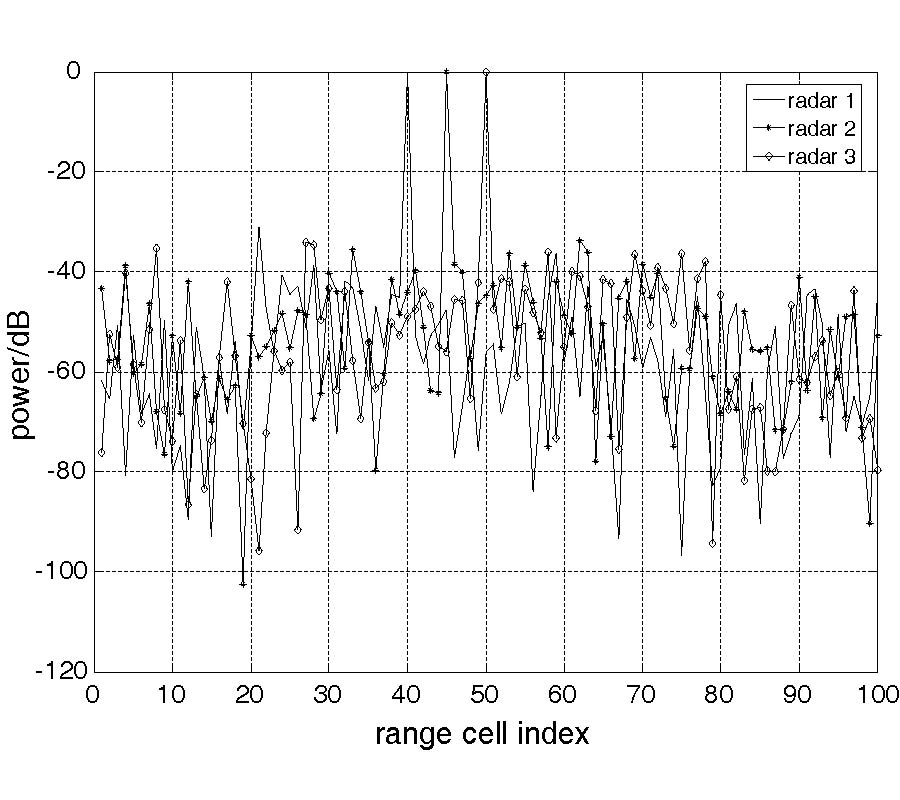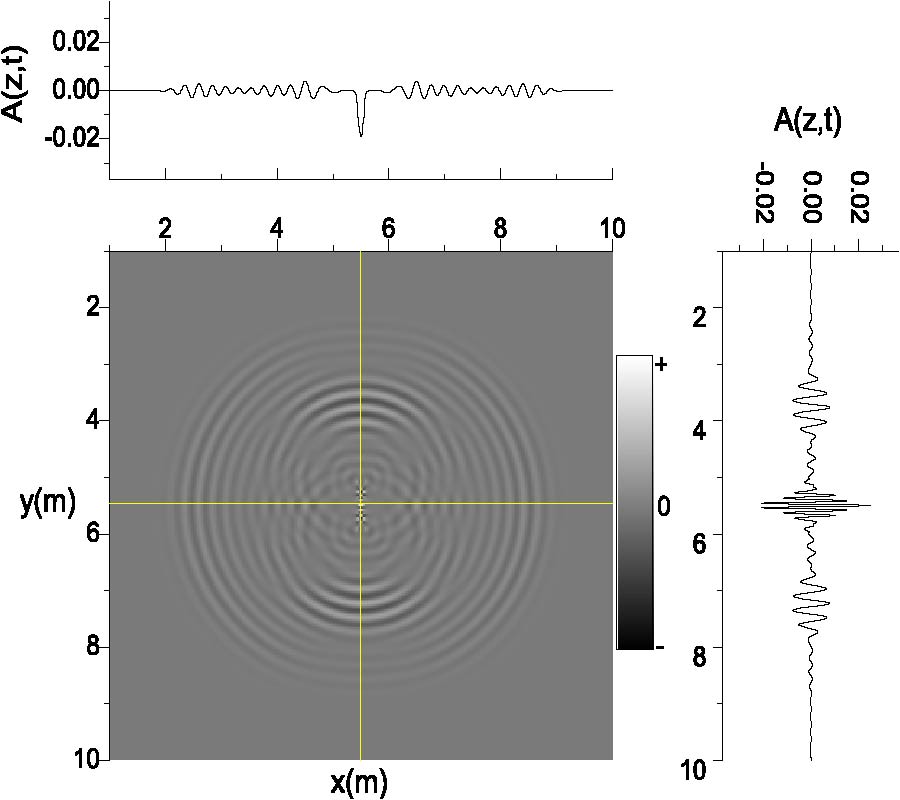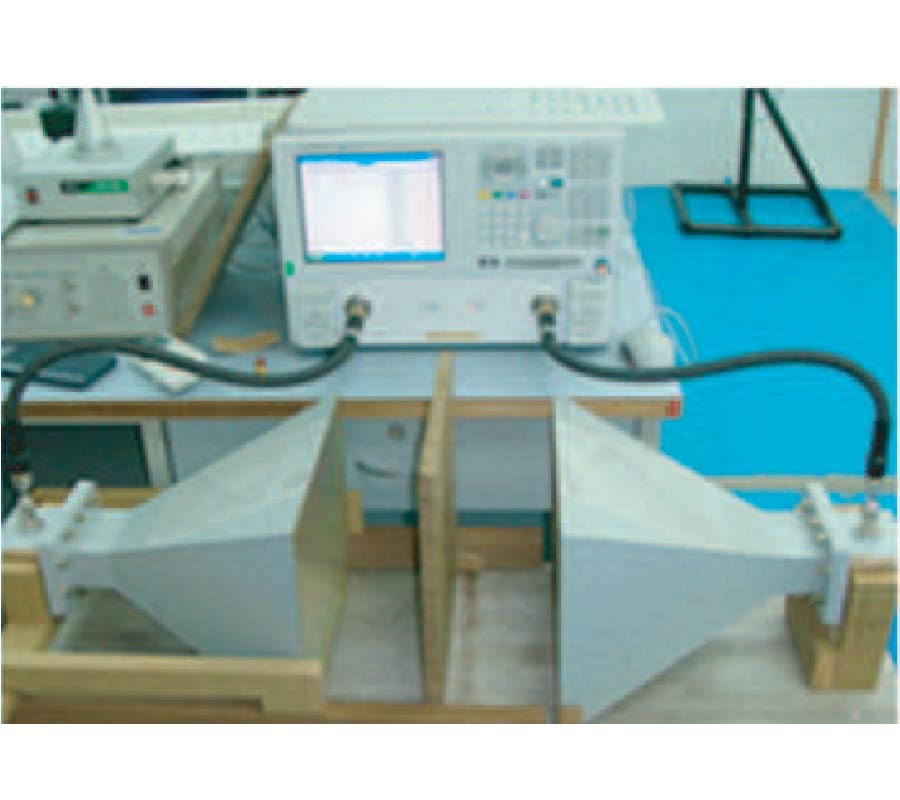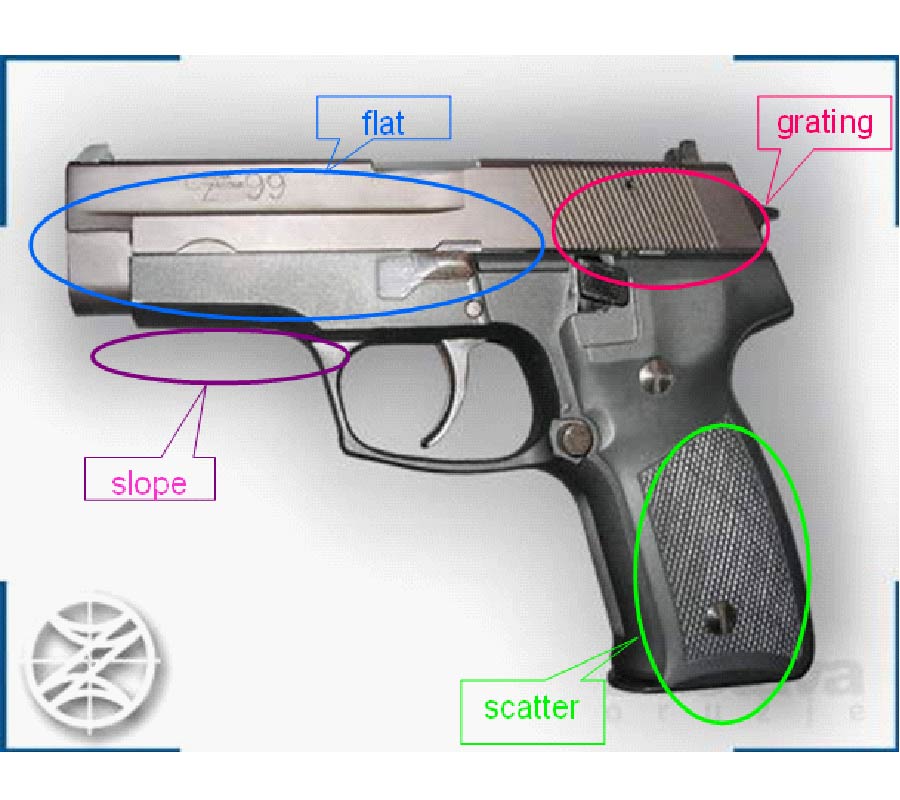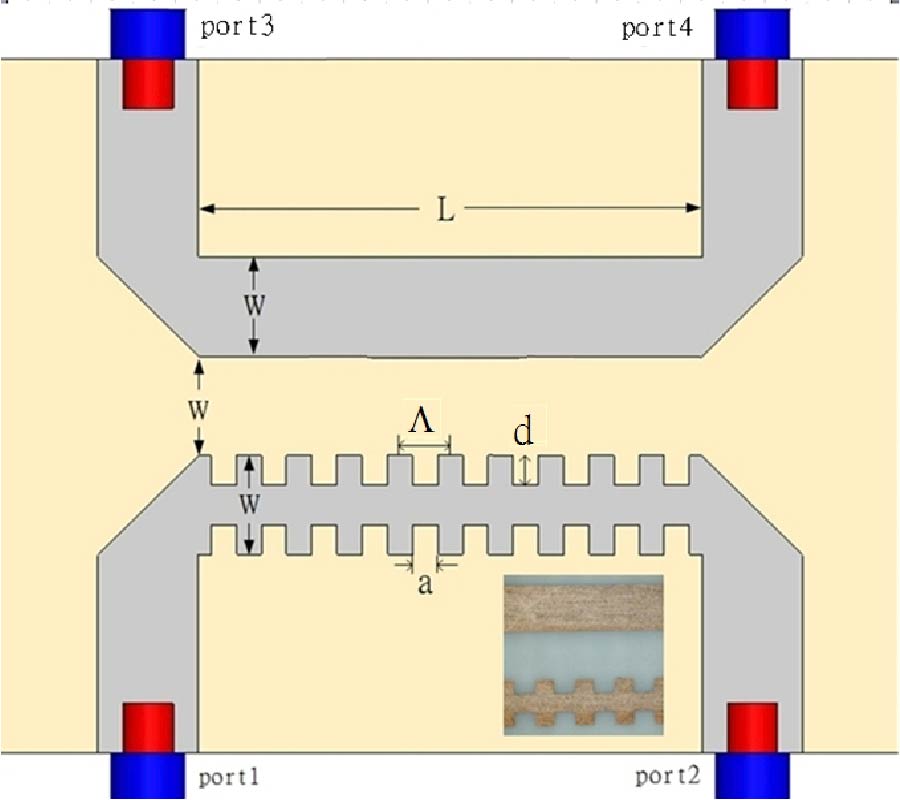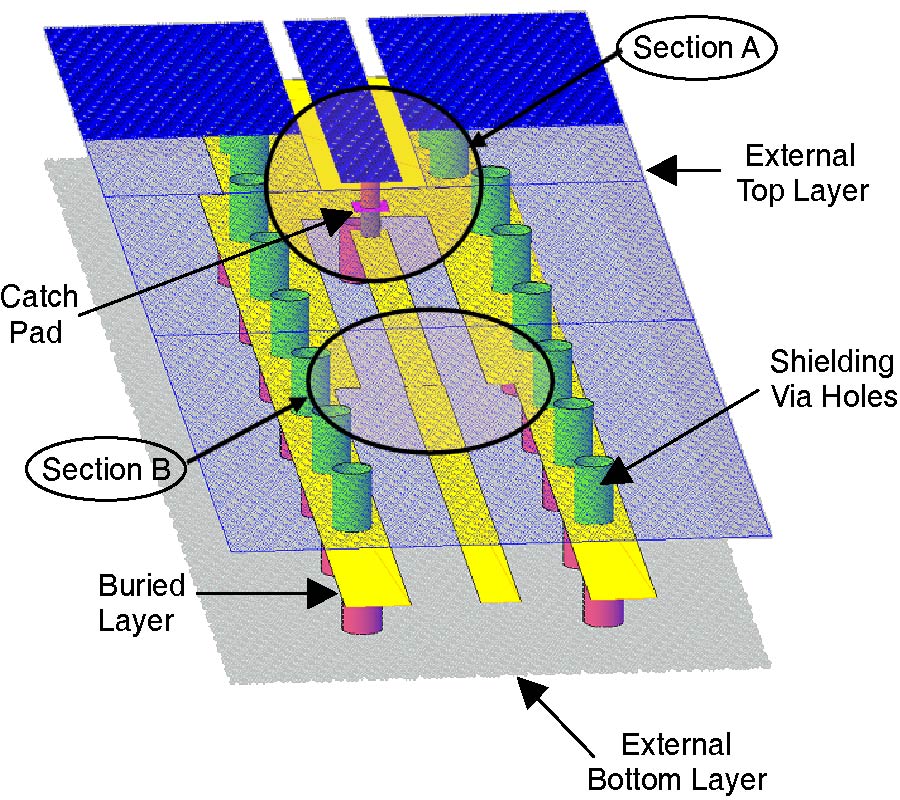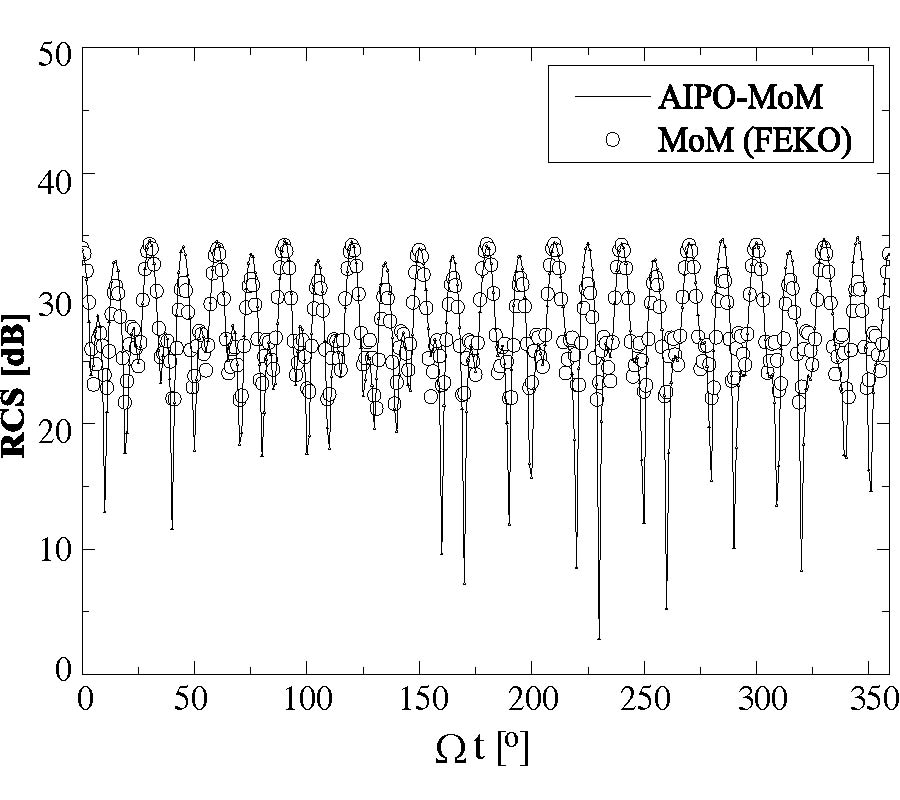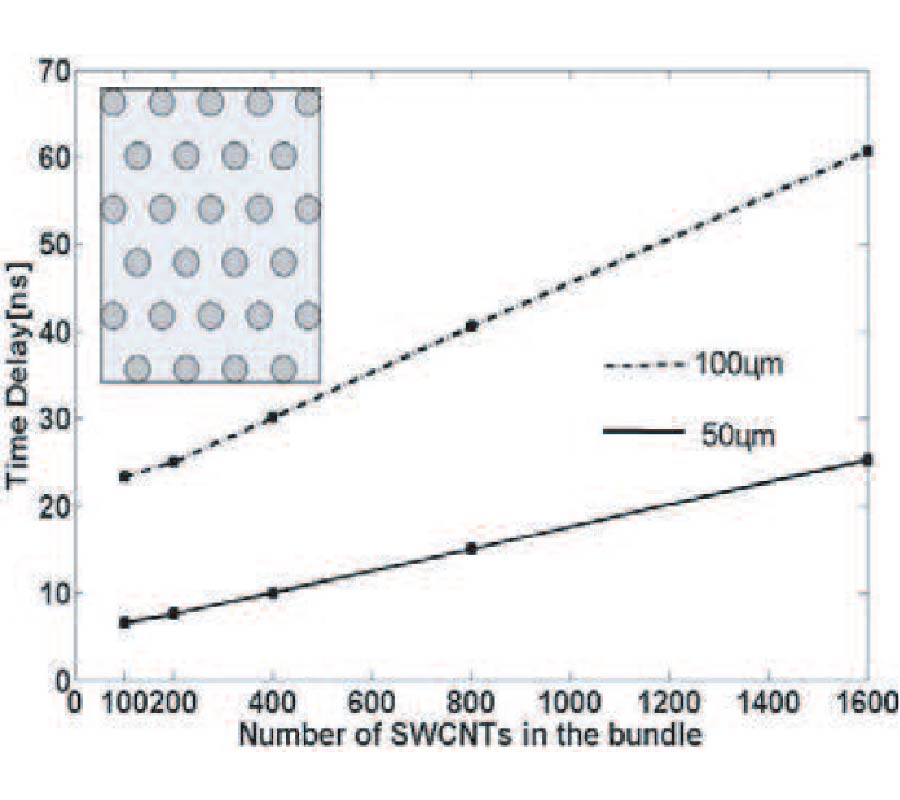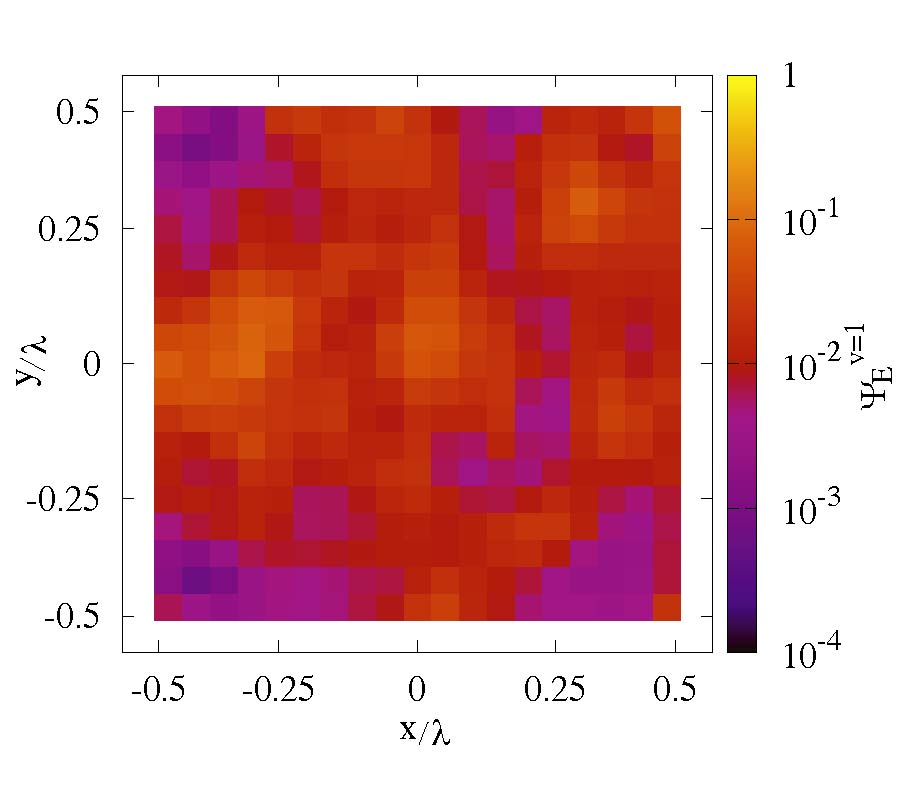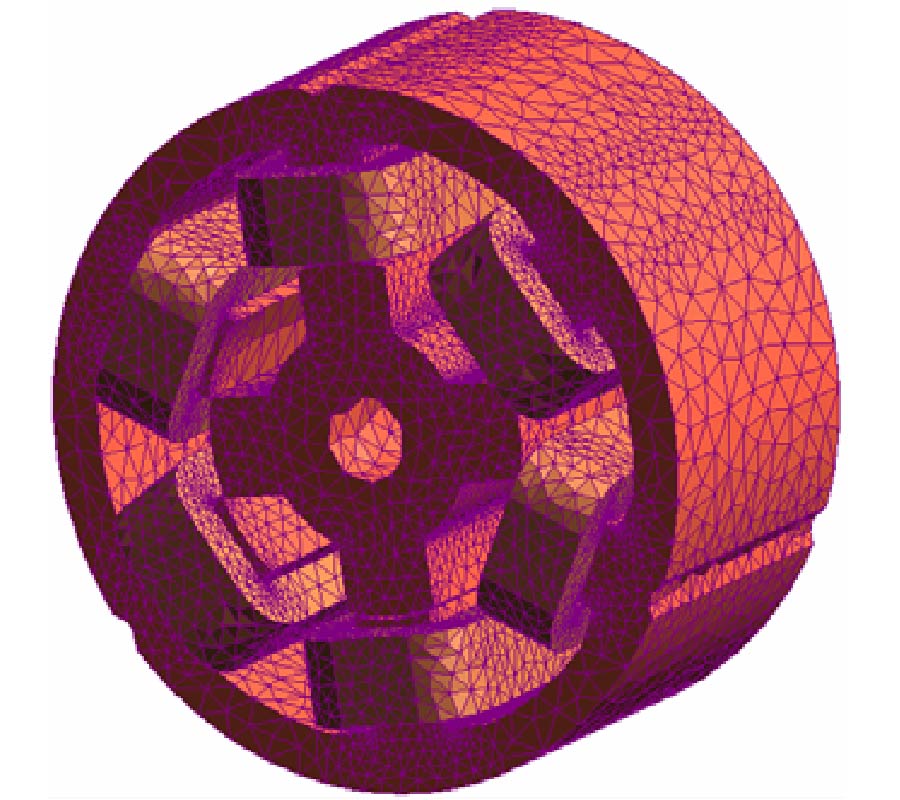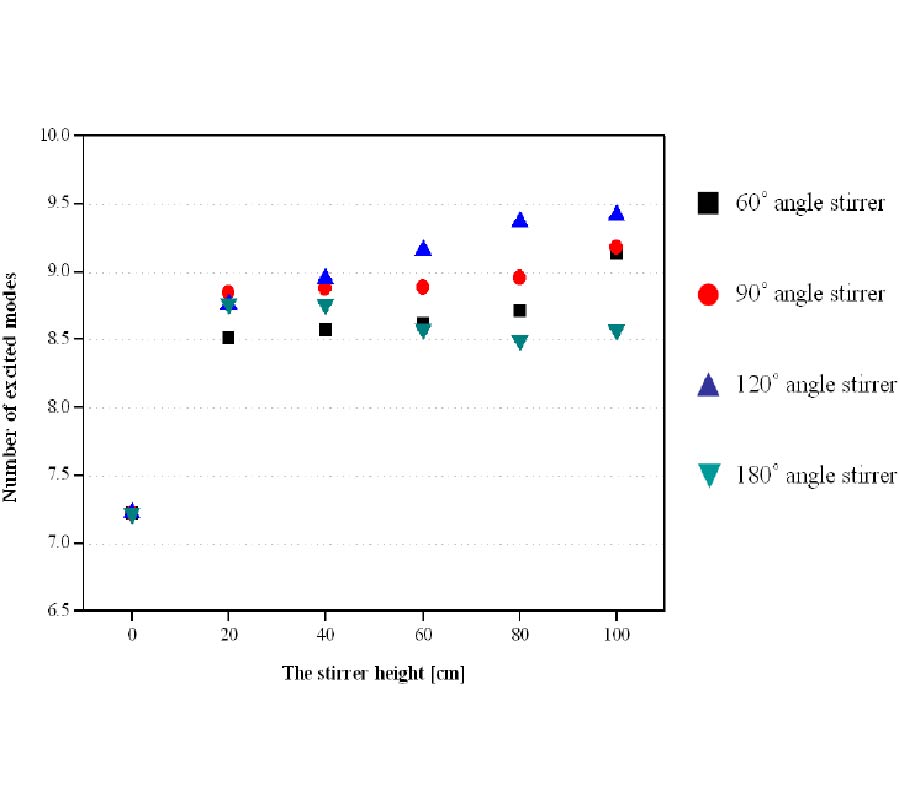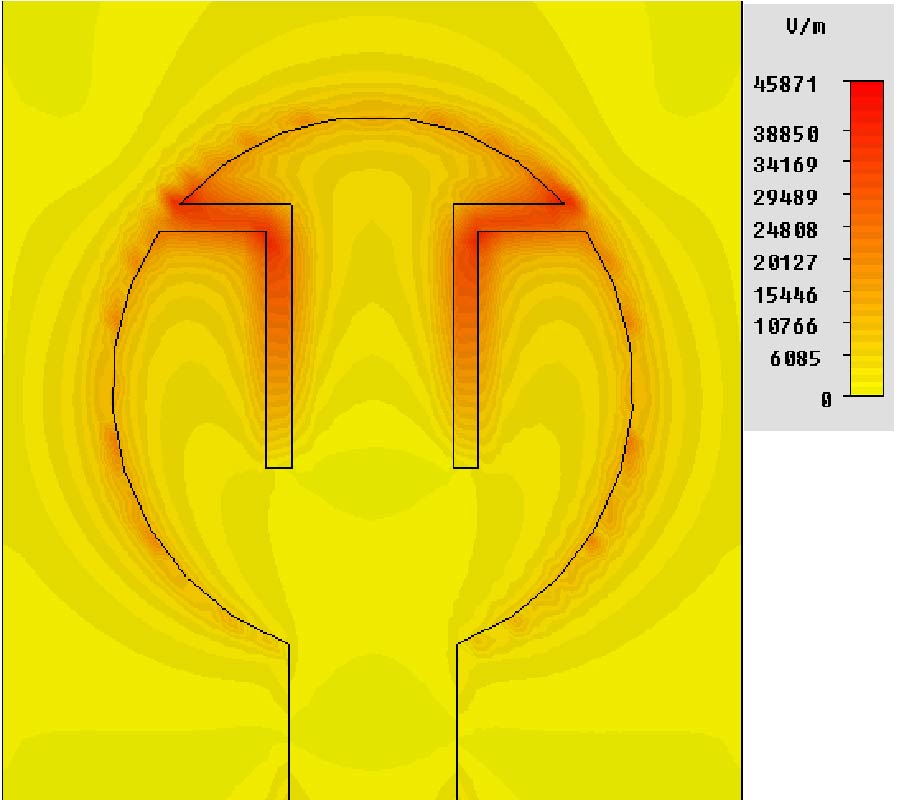Metallized Foams for Antenna Design: Application to Fractal-Shaped Sierpinski-Carpet Monopole
Jaume Anguera,
Jean Daniel,
Carmen Borja,
Josep Mumbru,
Carles Puente,
Tiphaine Leduc,
Khalid Sayegrih and
Peter Van Roy
The technology of metallized foam offers a new approach to the design of wire-like, flat, and 3D antennas. Only the necessary metal skin depth (some microns in UHF band) is deposited over arbitrary shaped structures. Thanks to this technology new antenna designs have been possible offering low weight, possible shaping, and innovative architectures. To demonstrate these possibilities, a monopole inspired in the Sierpinski fractal carpet is built. The proposed design is suitable for a pico-cell base station antenna since the antenna operates at GSM850, GSM900, GSM1800, GSM1900, UMTS, Bluetooth/WLAN, WIMAX, and WIFI featuring omni-directional radiation pattern and an average total efficiency of 79%.
